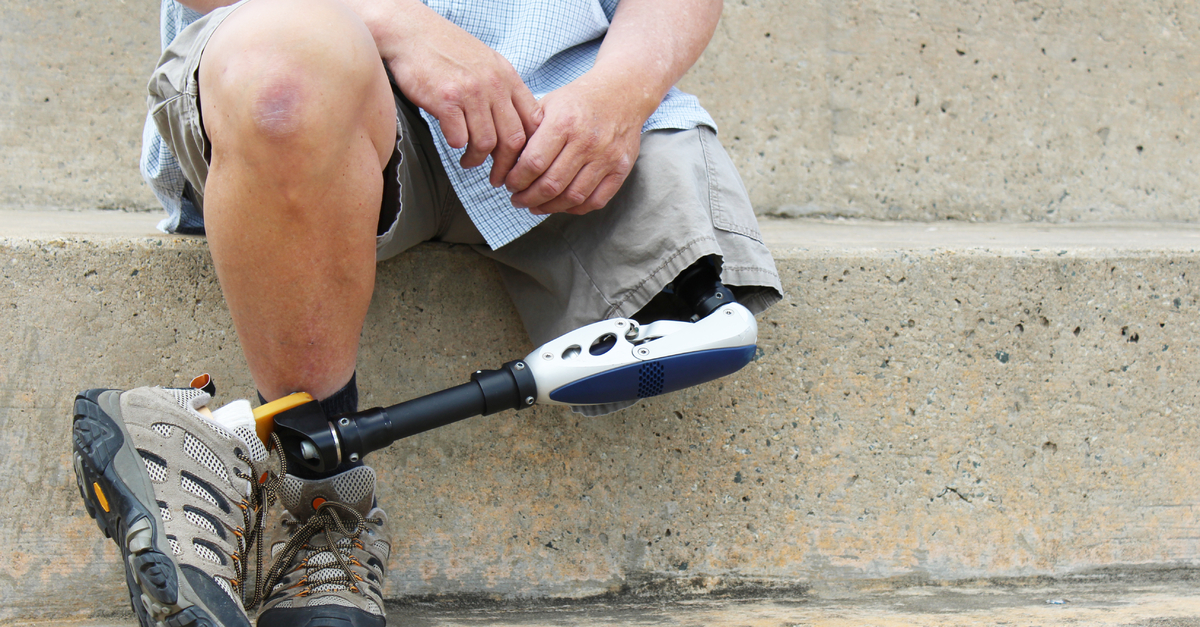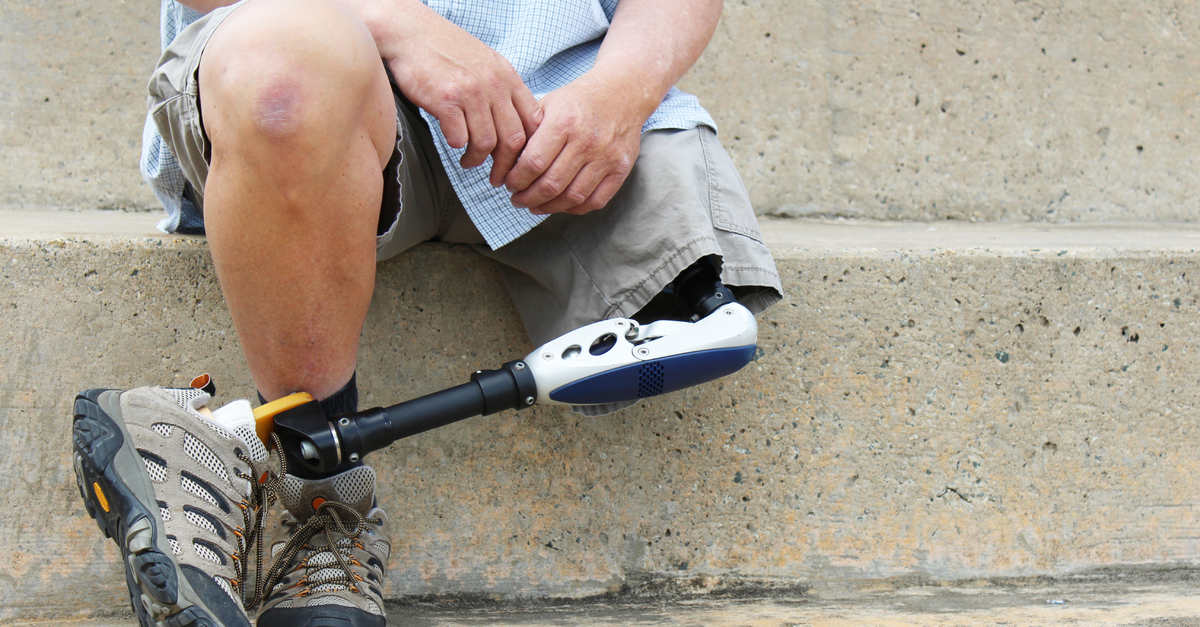Phantom limb pain, or PLP, is a frustrating symptom of limb loss that still doesn’t have a simple solution due to its unique nature. Even though the limb is no longer there, the patient feels a painful sensation that’s been described as everything from itching to burning. The severity and length differ from patient to patient, but it remains unpleasant no matter how extreme it feels. While there isn’t one simple method of solving phantom limb pain, a combination of different treatments can dramatically reduce the symptoms.
Understanding Phantom Limb Pain
Although there is still much to be learned about PLP, the modern day consensus is that it’s created by signals from the brain and/or spinal cord. Due to this belief, many recent treatments aim to fix these signals to reduce the pain. An important thing to understand if you are experiencing phantom limb pain is that seeking treatment needs to be a priority! Many people dealing with these symptoms are afraid of telling their loved ones due to a fear that they will be deemed “crazy” or “dramatic.” However, sharing your pain and finding the solution doesn’t need to wait any longer than necessary. The earlier you get a doctor to review your symptoms, the faster the symptoms will go away.
Solutions
As we said earlier, there is no one end-all solution for phantom limb pain as this point in time - but there are multiple methods that can do wonders for your symptoms. The best option varies for each patient, but here are some of the most used methods:
- Deep brain stimulation - This technique sends electric impulses to the surface of the brain to reduce the level of pain felt by the patient. As we said earlier, the brain is viewed as a cause for PLP symptoms, so this addresses the problem “head-on.”
- Local Injection Therapy - You’ve probably heard of pain blocks for back issues and similar injuries, and this is no different. The injection will take place on the affected limb.
- Mirror Box Therapy - This is not a surgical procedure, but rather a conditioning of the mind. While participating in physical therapy, this exercise requires the patient to look in a mirror so the brain registers that there is no longer a limb where there once was.
- Nerve cuff stimulation - An impressive display of technology that sends positive signals through the nerves of the affected limbs. This actually allows the patient to be in control, as they can send a signal whenever they are feeling pain.
- Non-opiate analgesic - When the pain is unbearable, pain medications will decrease the level of discomfort that the patient feels.
BioTech Can Help!
From the pre-op consultations to the physical therapy after, BioTech has years of experience guiding our valued patients through the various trials that await them - including PLP. Not only do we understand the problems that are going to occur, but we know the proper methods to solve them. Have a question for the BioTech team or looking to upgrade your prosthetic experience? Contact us today!

